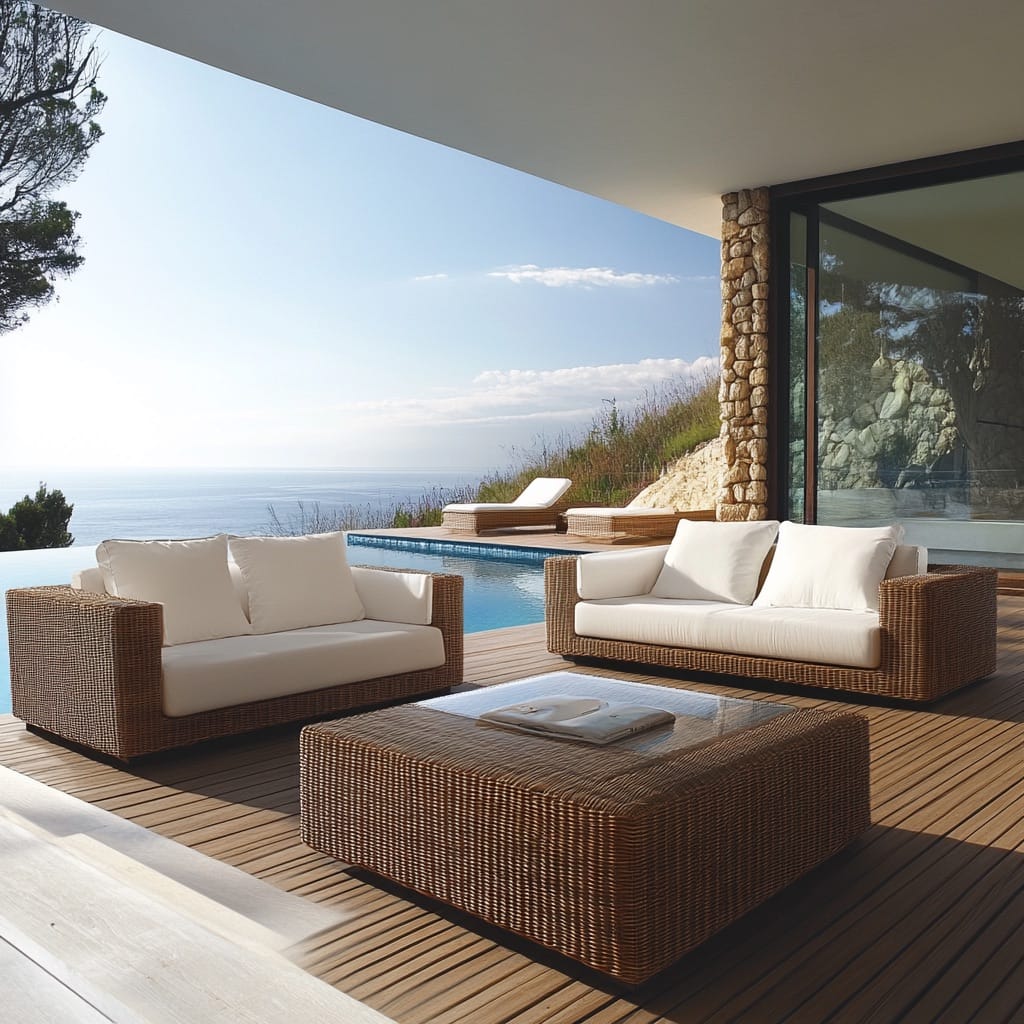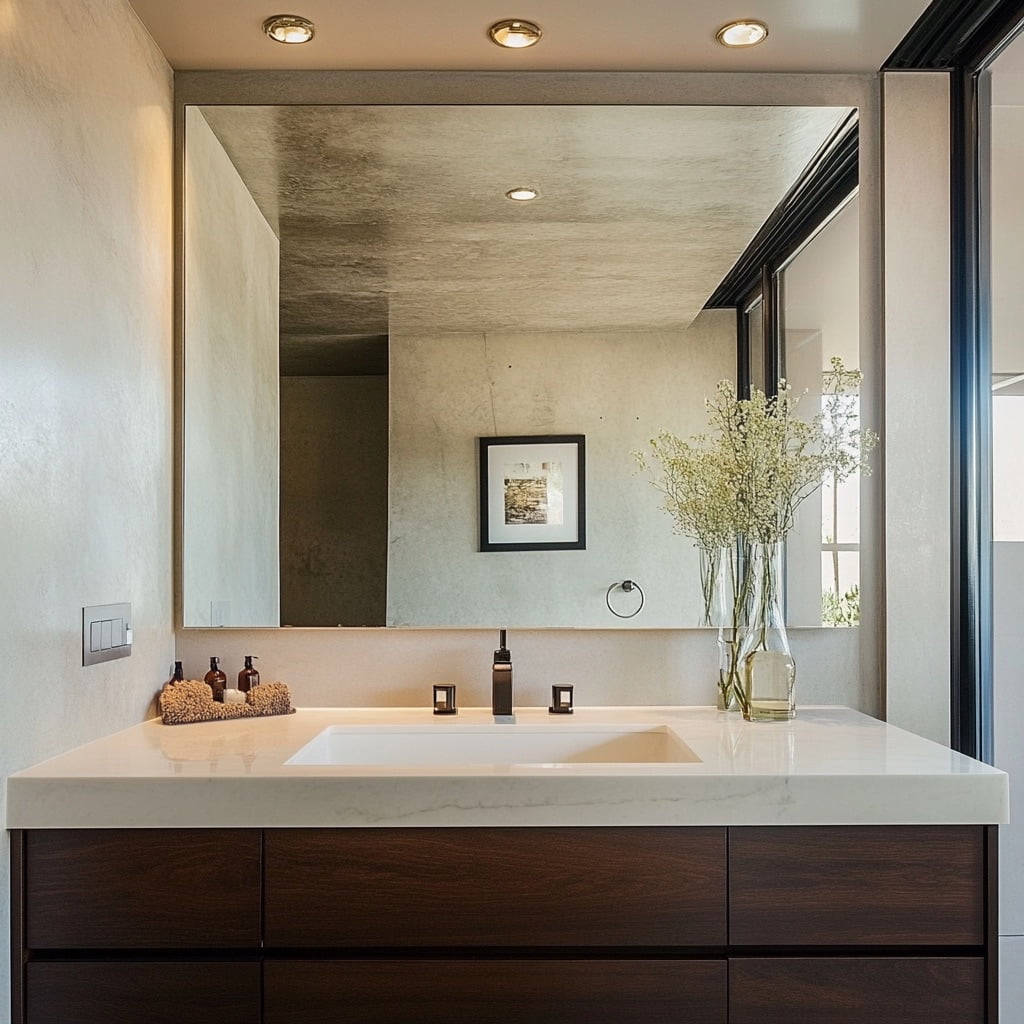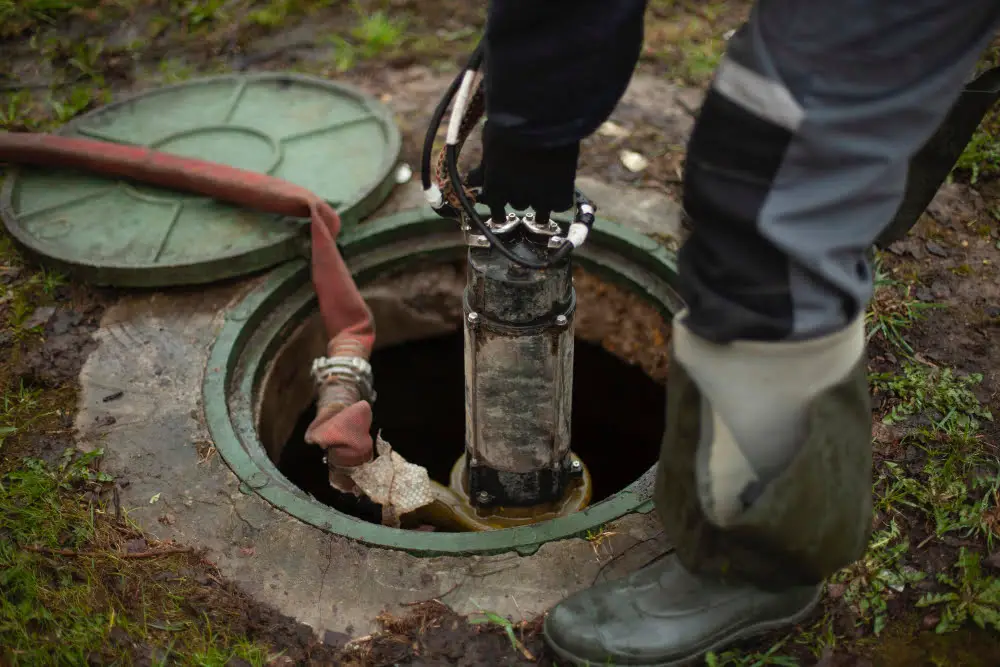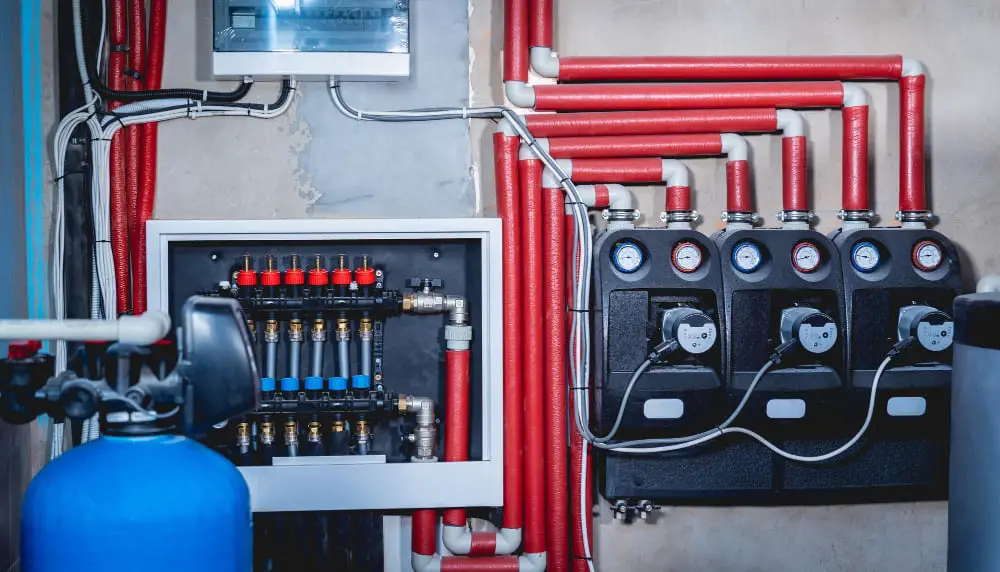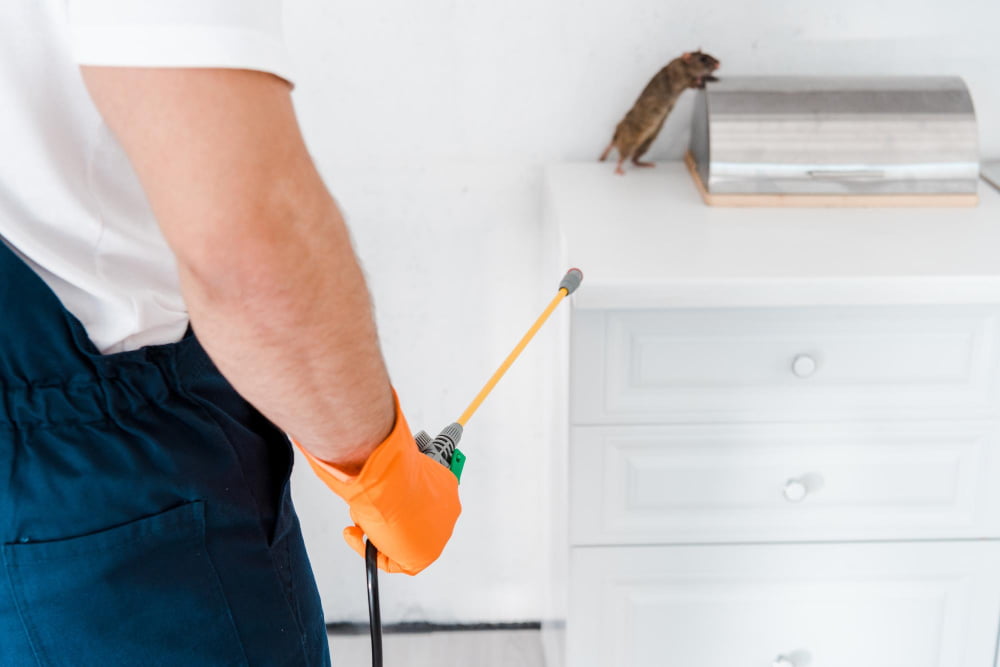Last updated on
In the realm of modern living, the concept of downsizing has become increasingly popular. As housing costs rise and environmental consciousness grows, many individuals and families are embracing the minimalist lifestyle offered by tiny house living.
Transitioning to a smaller space, however, requires careful planning and consideration. In this guide, we’ll delve into the essentials of tiny house living and offer valuable tips to help you make a seamless transition to a more compact and sustainable way of life.
Foster Community Connections
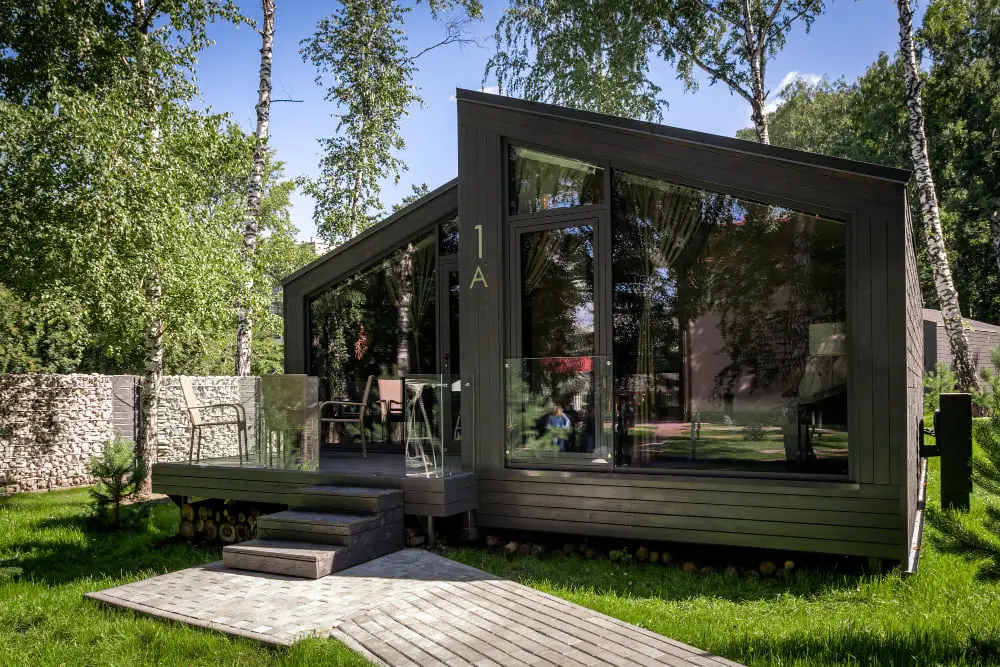
Living in a tiny house doesn’t mean sacrificing social connections. Many tiny house communities have sprung up around the world, offering camaraderie and support to like-minded individuals. When living in a tiny house on wheels, take advantage of online forums, meetups, and social media groups to connect with fellow tiny house enthusiasts and share tips, resources, and experiences.
By fostering community connections, you can enrich your tiny house living experience and cultivate meaningful relationships with others who share your values.
Embrace Outdoor Living
One of the joys of tiny house living is the opportunity to connect with nature and embrace outdoor living. Make the most of your surroundings by creating inviting outdoor spaces where you can relax, dine, and entertain. Whether it’s a cozy patio, a lush garden, or a rooftop terrace, outdoor areas can significantly expand your living space and enhance your quality of life.
Spend time outdoors, whether it’s going for walks, practicing yoga, or simply enjoying the fresh air. By embracing outdoor living, you can cultivate a deeper appreciation for the natural world and create a harmonious balance between indoor and outdoor spaces.
Embrace Minimalism
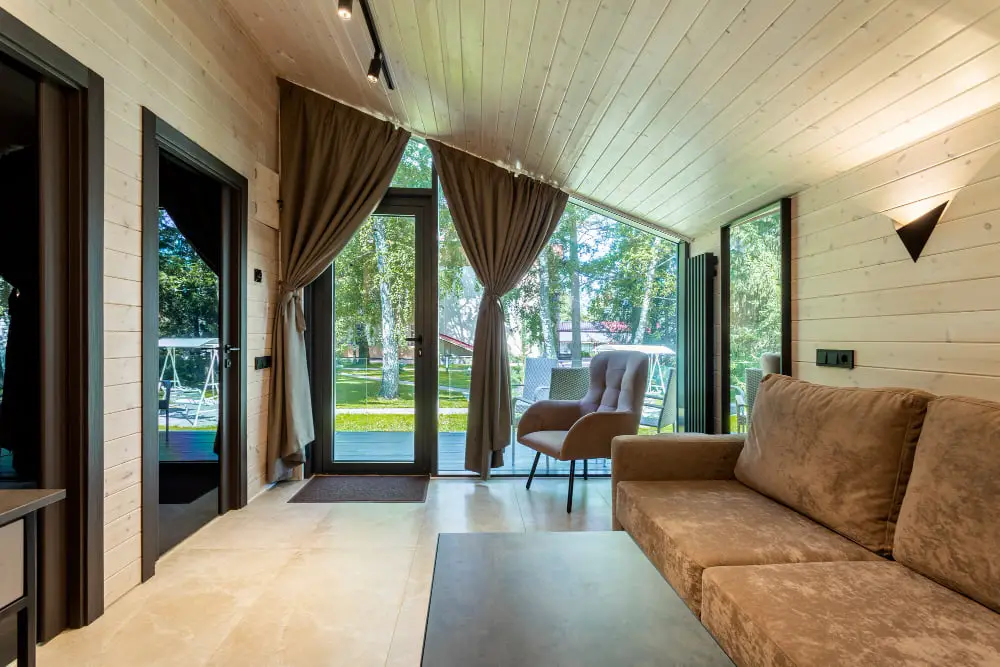
The cornerstone of tiny house living is embracing minimalism. It’s about prioritizing experiences over possessions and simplifying your life to focus on what truly matters. Before leaping tiny house living, take the time to declutter and downsize your belongings.
Be ruthless in assessing what items are essential and what can be let go. Embracing minimalism not only lightens your physical load but also clears mental clutter, leading to a more fulfilling and intentional lifestyle.
Optimize Space Utilization
In a tiny house, every square inch counts. To make the most of your limited space, prioritize efficient and multifunctional design solutions. Invest in furniture that serves dual purposes, such as a sofa bed or a dining table with built-in storage. Utilize vertical space by installing shelves or cabinets that reach up to the ceiling.
Consider modular furniture that can be rearranged to adapt to your changing needs. By optimizing space utilization, you can create a functional and comfortable living environment despite the constraints of a smaller footprint.
Prioritize Quality over Quantity
When furnishing your tiny house, resist the urge to fill it with cheap, disposable items. Instead, prioritize quality over quantity by investing in well-crafted, durable pieces that will stand the test of time. Choose furnishings and appliances that are space-saving and energy-efficient to maximize utility without sacrificing comfort. While quality may come with a higher upfront cost, it pays off in the long run through reduced maintenance and replacement expenses.
Embrace Sustainable Living
Tiny house living naturally lends itself to a more sustainable lifestyle. With fewer resources consumed and less space to heat or cool, tiny houses have a significantly lower carbon footprint compared to traditional homes. Embrace sustainability by incorporating eco-friendly practices into your daily routine, such as composting, recycling, and using renewable energy sources. Choose non-toxic materials and energy-efficient appliances to minimize environmental impact and create a healthier indoor environment for you and your family.
Stay Flexible and Adapt
Flexibility is key when transitioning to tiny house living. Be prepared to adapt and make adjustments along the way as you discover what works best for you in your new living environment. Stay open-minded and willing to experiment with different layouts, storage solutions, and lifestyle choices.
Embrace the opportunity to simplify your life and focus on what truly brings you joy and fulfillment. Remember that tiny house living is a journey, not a destination, and be patient with yourself as you navigate the challenges and rewards of this unique lifestyle.
Transitioning to tiny house living is a transformative experience that requires careful planning, creativity, and a willingness to embrace change. By prioritizing minimalism, optimizing space utilization, and embracing sustainability, you can create a functional and harmonious living environment in even the smallest of spaces.
Foster community connections, embrace outdoor living and stay flexible as you navigate the joys and challenges of tiny house living. With the right mindset and approach, you can embark on a journey towards a simpler, more sustainable way of life that prioritizes quality over quantity and fosters a deeper connection with yourself, your community, and the natural world.
Recap
